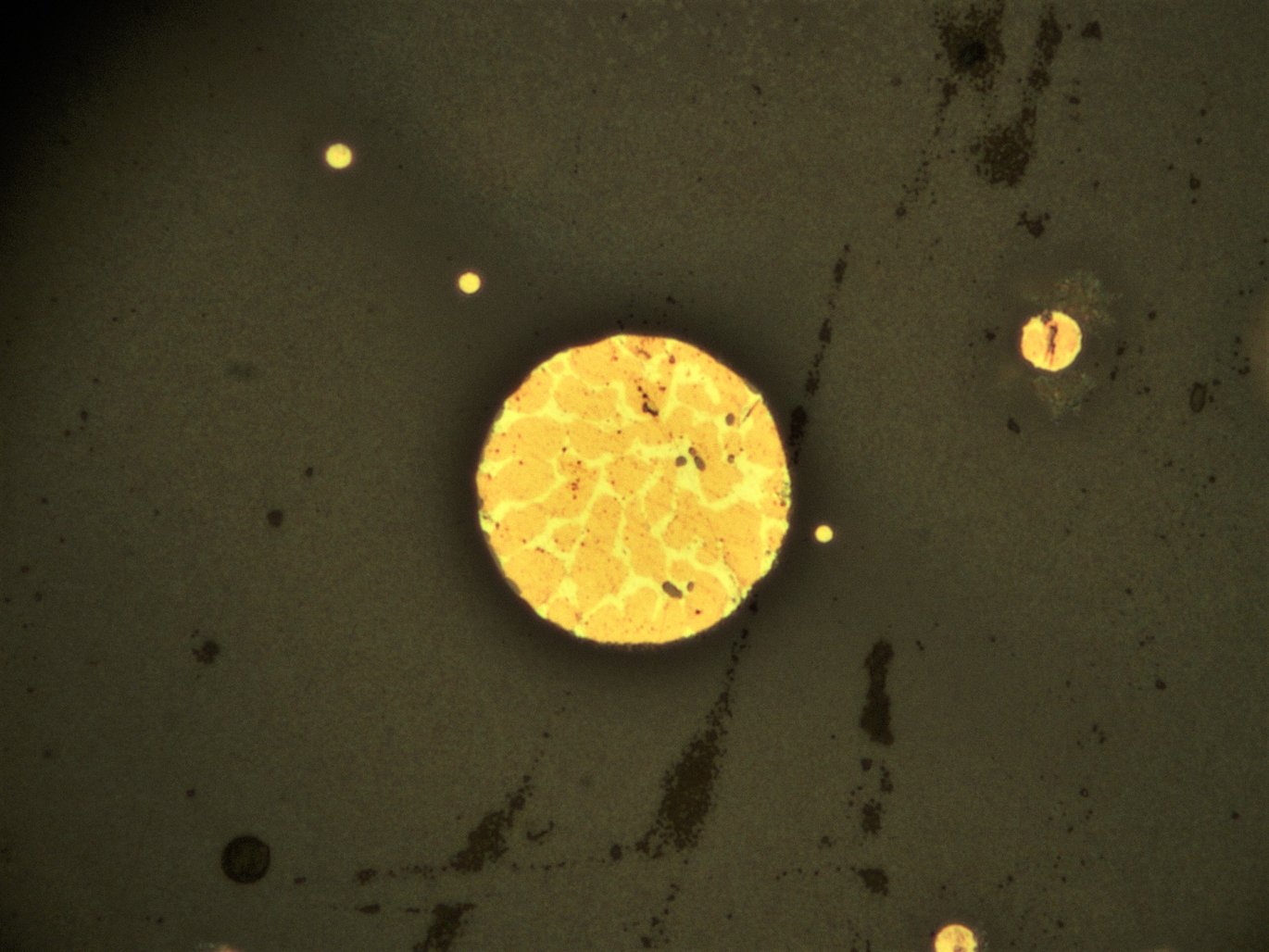Disciplinarity of the High-Definition Approach in Archaeology
Is archaeology cross-, multi-, inter- or trans-disciplinary when working with other scientific disciplines? Hoping to prevent the terms from falling into the realm of scientific buzzwords, PhD Student Mahir Hrnji? considers the ‘disciplinarity’ of the high-definition approach applied in archaeology.


By PhD Student Mahir Hrnji?
An enticing attribute of archaeology as a scientific discipline is its organic coupling with other natural and social sciences. From the first application of radiocarbon dating in 1947 up to the present, where digital archaeology explores the application of artificial intelligence in studying patterns of the past, archaeology has demonstrated its capability to connect with various disciplines. And it is precisely through its relations to other scientific practices that we may better comprehend the notion of what defines contemporary approaches in archaeology. More often than not, these relations are portrayed through incorporation of methodological or theoretical approaches. This implies a static unidirectionality where archaeology copies practices from other disciplines. As suggested by Christopher Witmore and Michael Shanks in Archaeology in the Making: Conversations Through a Discipline (2012), archaeology should instead be viewed as an ecology of practices where the changes and growth of the archaeological research derives from its connections to other sciences. The dialogue born from the connectivity of archaeologists with natural and social scientists has and continue to transform the existing practices into new theories and methods that influence how archaeology approaches particular research problems.
There are a few types of disciplinarities relevant for our understanding of the relations between archaeology and other sciences. Looking at them in ascending order – where the connectivity between disciplines will serve as a scale to describe their mutual integration – we can discuss multi-, inter- and trans-disciplinarity. Multi-disciplinarity refers to developing and providing viewpoints from different disciplines, without further interaction between them. On the other hand, inter-disciplinarity in sciences signify the integration of different disciplines resulting in an overarching synthesis. Trans-disciplinarity is used to describe connectivity between two or more disciplines where a completely new holistic research framework that goes beyond the interests of individual disciplines is created. A quick search in Google Ngram shows us how the popularity of these three terms has developed over time (Fig. 2). Both inter- and multi-disciplinarity became common around 1965, while trans-disciplinarity began to be used around the 1990s. From the graph it is clear that different science practices are working towards more integrated disciplinarity. With this in mind, how can we situate archaeological approaches within these different disciplinarities? And more specifically, are there research approaches in archaeology that truly reflect the connectivity between different scientific practices?
If we consider disciplinarity of archaeology in terms of ecology of connectivity, we also need to accept heterogeneous and complex relations that comes with it. It would be inaccurate to describe archaeology as being purely multi- or inter-disciplinary, as it encompasses a large number of sub-disciplines that have different histories of interactions with other hard- and soft-science practices. As noted by Roderick Salisbury and Ond?ej Mlejnek in their article Disciplinarity in Archaeology (2018), archaeological theory and methodology interact with different practices, but methodology tends to move more slowly than theory due to its reliance on the developments in technology. However, methodological approaches such as the high-definition approach can be discussed in light of its inter-disciplinarity. The high-definition approach focuses on gathering high-resolution observations of archaeological records. In order to reach the desired research resolution necessary for answering specific research questions, the approach heavily relies on practices that derive from other disciplines, especially the natural sciences. It can even be argued that the raison d'etre of the high-definition approach in archaeology is to bring together experiences that originally developed as a result of archaeology’s connectivity to and interactions with other practices. Unlike in multi-disciplinary research where insights are formed from discrete viewpoints of participating disciplines, in the high-definition approach it is required that research questions are regarded from the angle of synthetic thinking. The outcome is an inter-disciplinary research design that can result in a more comprehensive understanding of the archaeological context or record studied.
It is difficult to imagine the direction in which the archaeological ecology of practices will develop, but it is clear that archaeology and other scientific disciplines are moving towards more integrated research approaches that derive from the dialogue between them.
